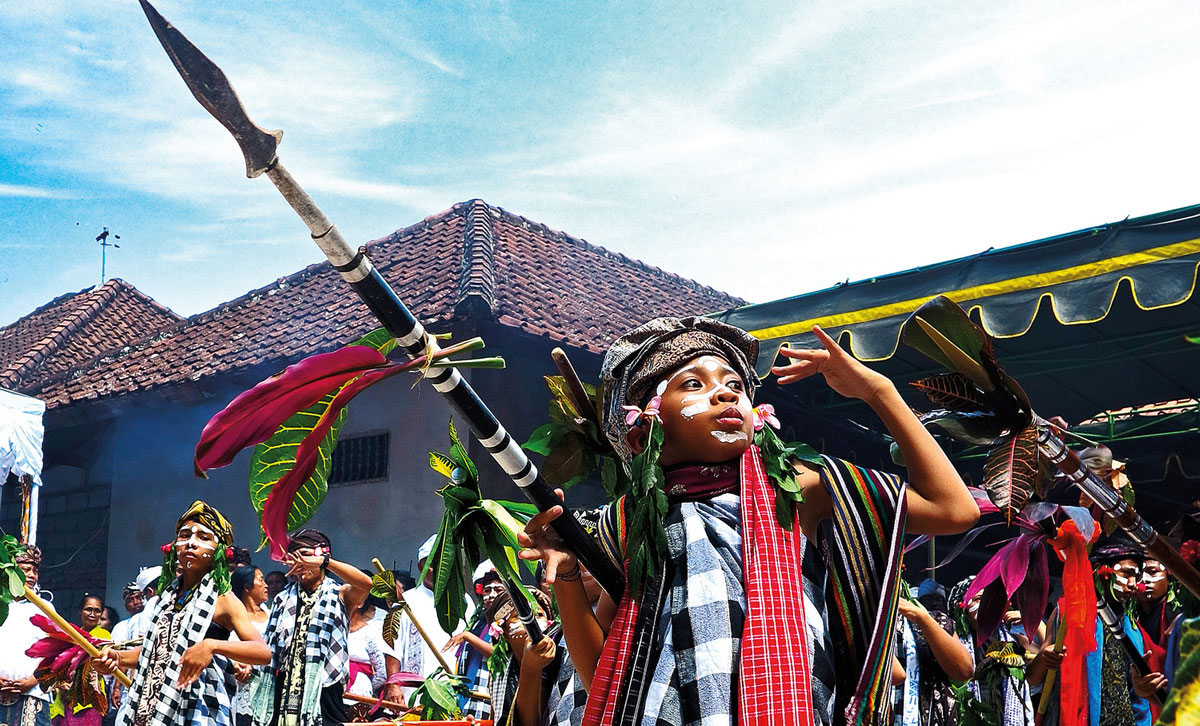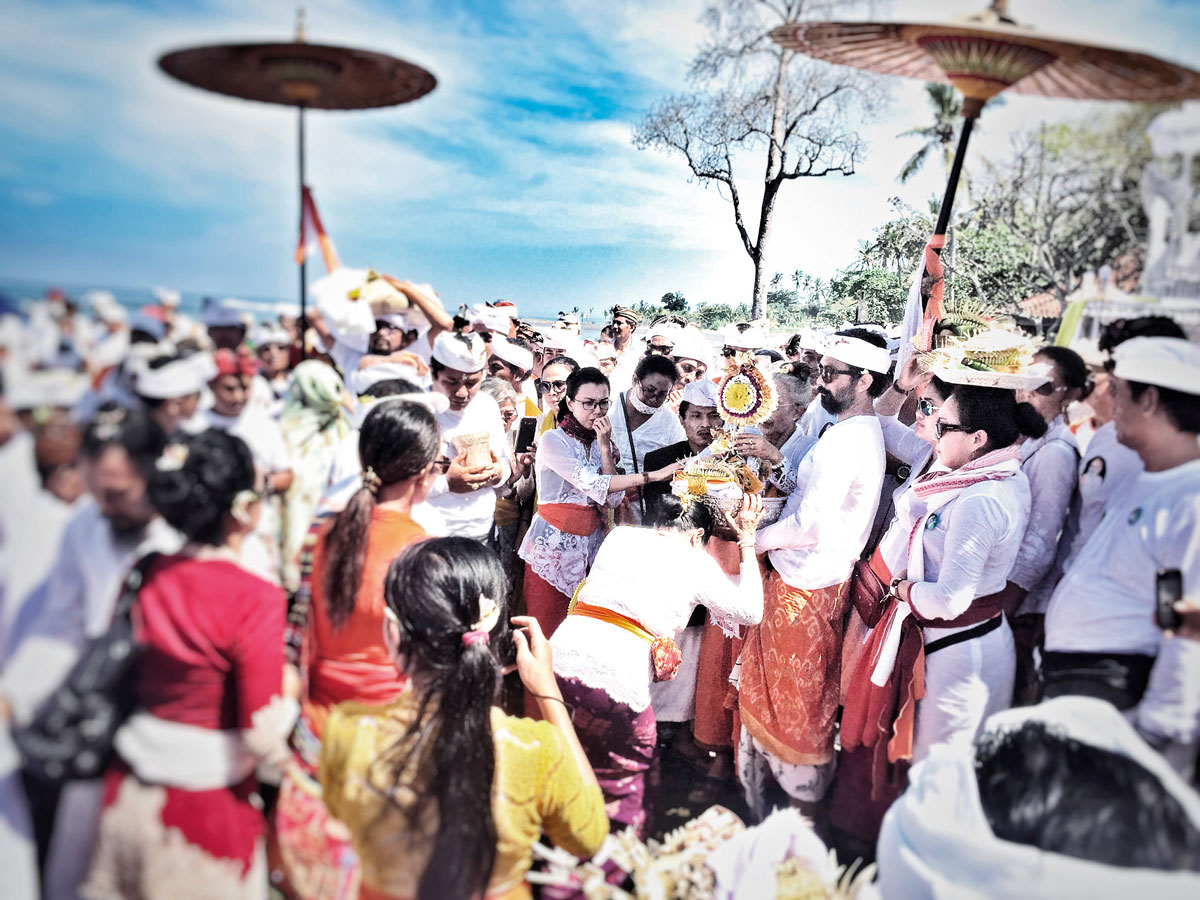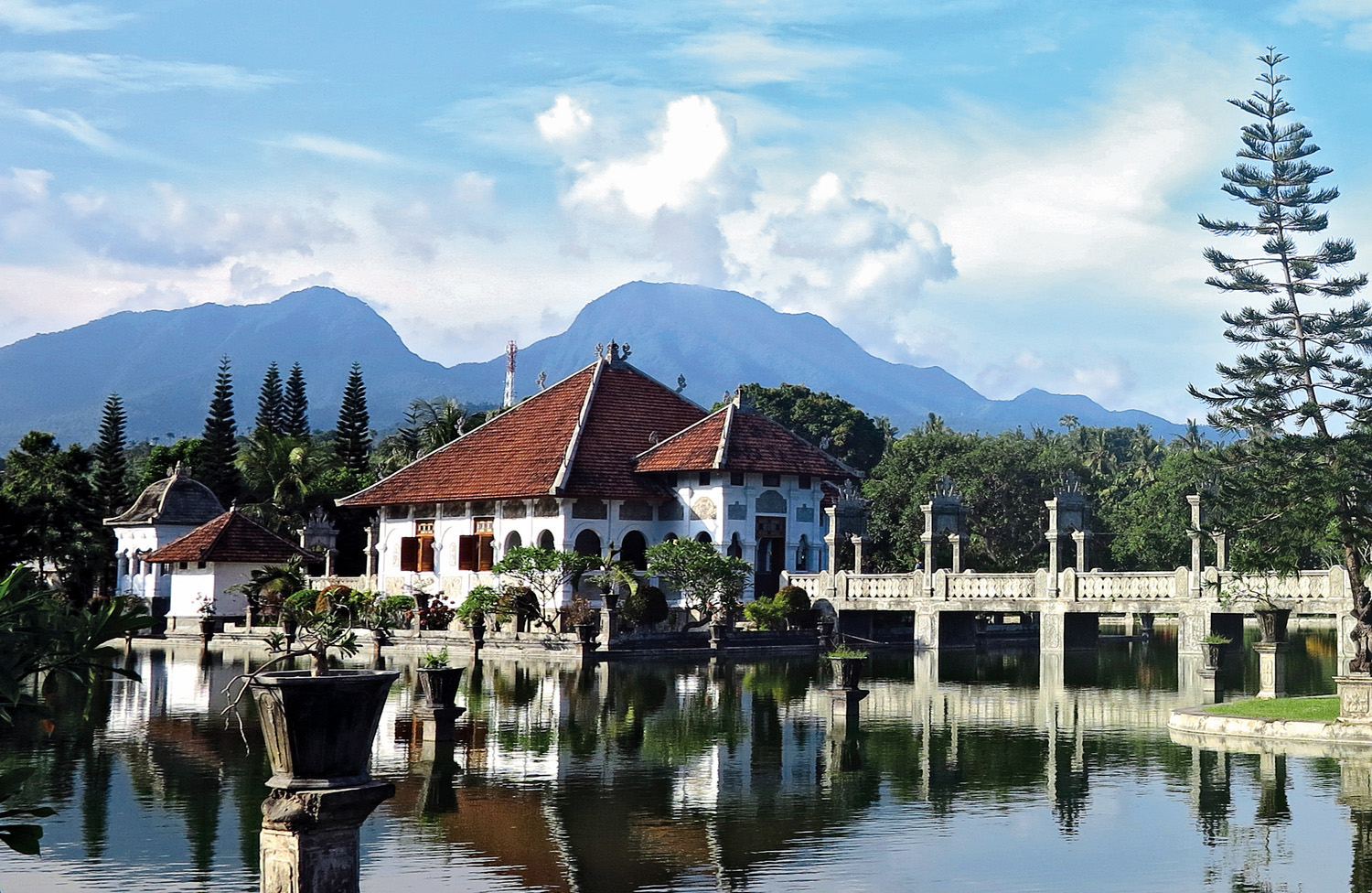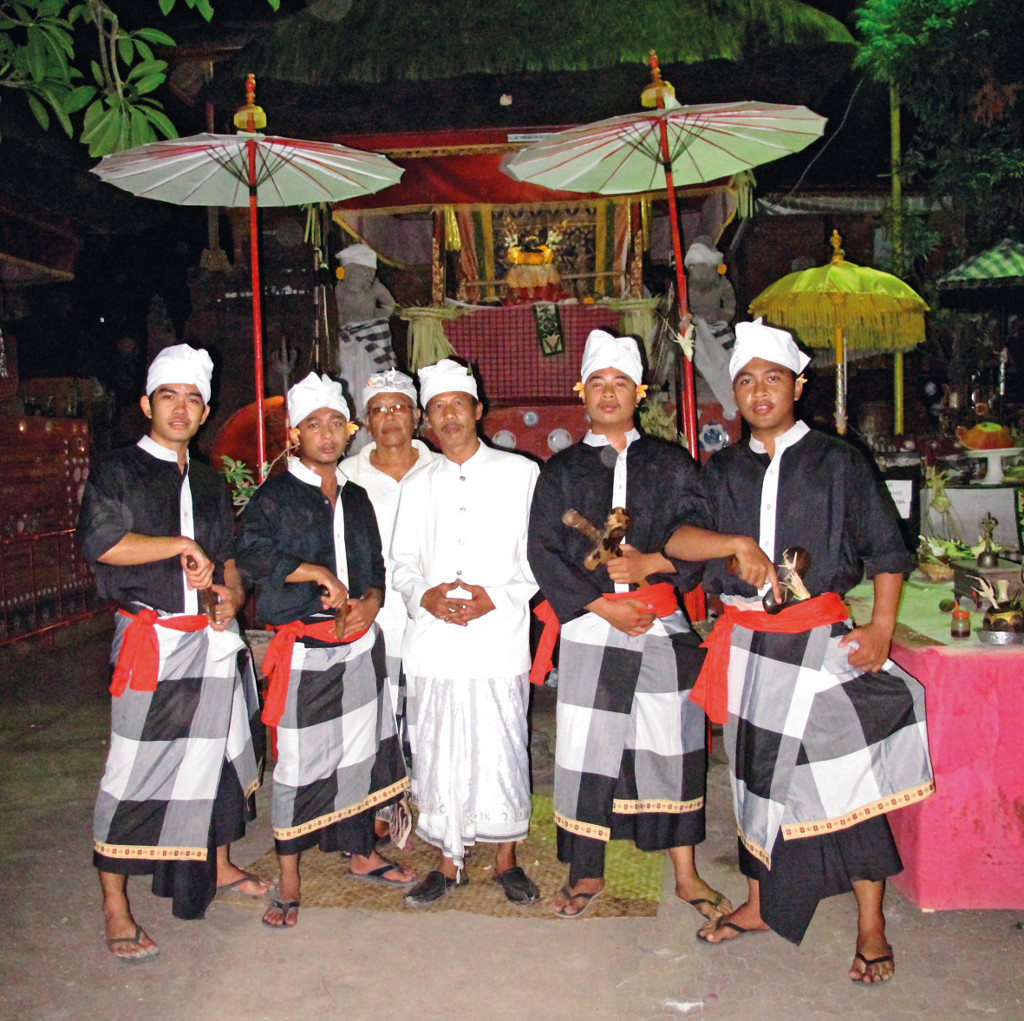Stranger In Paradise
Bali’s Power Pedanda : The Rise of Bali’s High Priests
Bali’s high priests have stepped it up a few notches of late — in jewelry, showmanship, and stamina. As more and more Balinese opt for the higher utama form of ceremony, which require high priests, pedanda are these days busier criss-crossing the island at all hours. Fourteen of them went off to East Java last

Farewell to The Stranger in Paradise
It was with great sadness that I heard of the sudden and unexpected passing of Made Wijaya, my long time friend and columnist of both NOW! Jakarta and NOW! Bali magazines. Made was one of the great characters of Bali: a designer, writer, philosopher, artist, videographer, raconteur and the only foreigner that I know to

New Trends in Balinese Creativity
Last month, at a Bongkasa high priest’s cremation, I saw a contemporary-cum-ceremonial dance performance staged around the funeral pyre. It resembled a chorus line from a very classy Balinese production of CATS. In a 1940s ditty, legendary songster and wit Noel Coward wrote, rather snidely, that the Balinese suffered from far too much creative endeavour.

A Grand Farewell for a Great High Priest
Many of the late pedanda’s disciples are wearing commemoratives t-shirts emblazed with the message ‘Death is life’s friend’. Balinese history is rich in celebrated Brahman high priests. All were great teachers and reformers, starting with RsiMarkandya, who introduced Brahmanism in the 8th century. At the beginning of the 11th century, EmpuKuturan united all of Bali’s

Calonarang Season – A Star is Born
Last month I let loose my handsome protégé Mustakim of Malang (East Java) on a string of Calonarang performances in exotic temples, to test his mettle (mettle-testing is my forte). He performed with flying colours. Calonarang are the popular spooky witch-dance dramas that that are held sporadically in Balinese village squares. They involve teams of
Bali’s Expat Beauty Warriors
Despite architectural hacks filling in every vacant lot — and a few not so vacant ones (green belts, for example) — with cheesy modernist schtick, it is to the work of a handful of die-hard traditionalists and classicists that the Balinese design world looks. Bali has a reputation as the cutting edge of tropical hotel

Water Palaces in the Age of Rajas
The original water garden, built in 1901 on the site, was called Kolam Dirah. It had been used by the old raja for exorcism rites, but the municipal follies put an end to all that. Last month I was interviewed for a French cultural television documentary about the Taman Sukasada water palace of the last
Tale of Two Kingdoms
Many social observers (expat experts and such) falsely believe that the Age of Rajas is over in Bali. The truth is, the feudal nature of Bali and the pre-eminence of the nobility in civic government is still strong. In the mid-14th century, the prime minister of the Hindu-Javanese Majapahit Empire sent a young prince, Sri
Clouds Gathering Over The Rainbow?
Developers screaming “culture neutral” is much more of a threat to the way of life than a Gay Pride parade It’s hard watching the mangroves of Benoa Bay disappear, bit by bit, as they are turned into heli-pads, cable ski enterprises and chain restaurants. They are the only green space left in South Bali and
Ubud’s First Family of Royal Indokrupuk
Last month, representatives from Ubud’s Rent-a-prince and Gay Rotary Ubud community, all gathered at Ibah Warwick, the Kerthyasa-owned hotel, for a blessing ceremony for the wedding of Tjok Sri Maya Kerthyasa and her Australian husband Marcus Tesoriero. ‘Indokrupuk’ means mixed blood or half-caste. It is my favourite word in the Indonesian (slang) language, because so
Bogan Heroes
To be fair, however, it’s hard to justify the constant Facebook shrieking — by the West Coast Expat herbal suffragettes, lead by Conan the Librarian (Susi Johnston) — about environmental degradation, street crimes and pollution when the expat C.U.B. (Cashed Up Bogans) themselves are responsible for some pretty irresponsible and illegal development, particularly along the

Peliatan Style
A lifetime achievement award also went to Milo for services to batik, the Baris Cina troupe of Renon for trance-wear and Janet De Neefe, for services to bulletproof white corsettes.

The Brahmans are Coming
Will it eventually be like Hindu India, where the Brahmans now rule the roost and control the land deals; the ksatria having disappeared up their collective bottoms and down their perfume bottles decades ago? So many princely houses have folded lately — sold due to gambling debts, or just deserted under the weight of the




